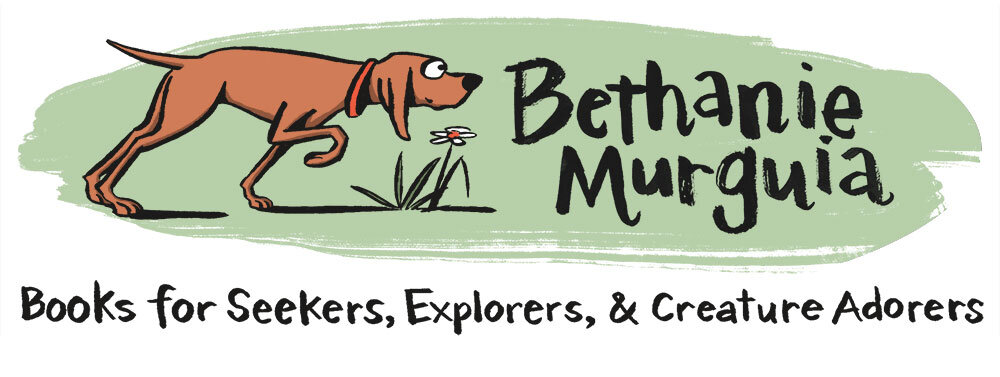Last week I wrote a bit about my process. Did I mention that I love thumbnails? Okay, good. Then, picking up where I left off:
My thumbnails are rough (they’re only about 1” x 2”). I enlarge them and refine. I do this again to arrive at a rough sketch. I like to sketch at a small size. That is my comfort zone. As a student, I tried to begin by sketching large images, assuming that beginning with a larger sketch would result in more detailed images. I was always frustrated by the results. It has taken me years to develop this process, but I’ve finally figured out that working from a thumbnail is the right method for me.
My thumbnails are rough (they’re only about 1” x 2”). I enlarge them and refine. I do this again to arrive at a rough sketch. I like to sketch at a small size. That is my comfort zone. As a student, I tried to begin by sketching large images, assuming that beginning with a larger sketch would result in more detailed images. I was always frustrated by the results. It has taken me years to develop this process, but I’ve finally figured out that working from a thumbnail is the right method for me.
I enlarge the rough sketches to use in my dummies. I think this works on two levels. One, I can work in my comfort zone (smaller sketches) and two, it keeps the sketches from becoming unnecessarily detailed at this early stage. It’s easy to get drawn into the details and distracted from the purpose of each image.
I’ve arrived at this method of working because of my background as a designer, illustrator and writer. I continue to be amazed at the ways in which we all bring our unique experience and strengths to the process of creating children’s books and always love to hear about what works or doesn't for everyone else out there.
Here's a progression from smallest, roughest thumbnails to intermediate thumbnails and then a loose sketch:










